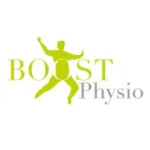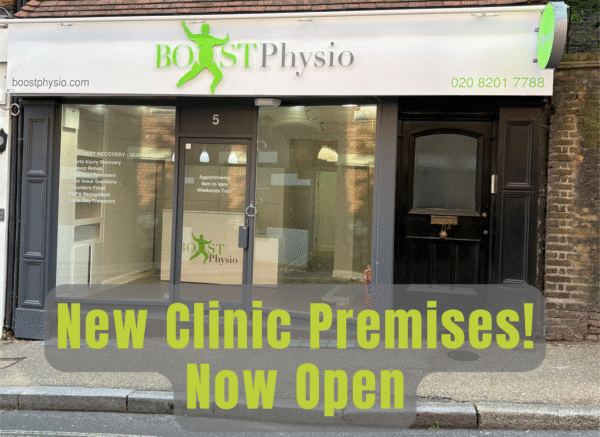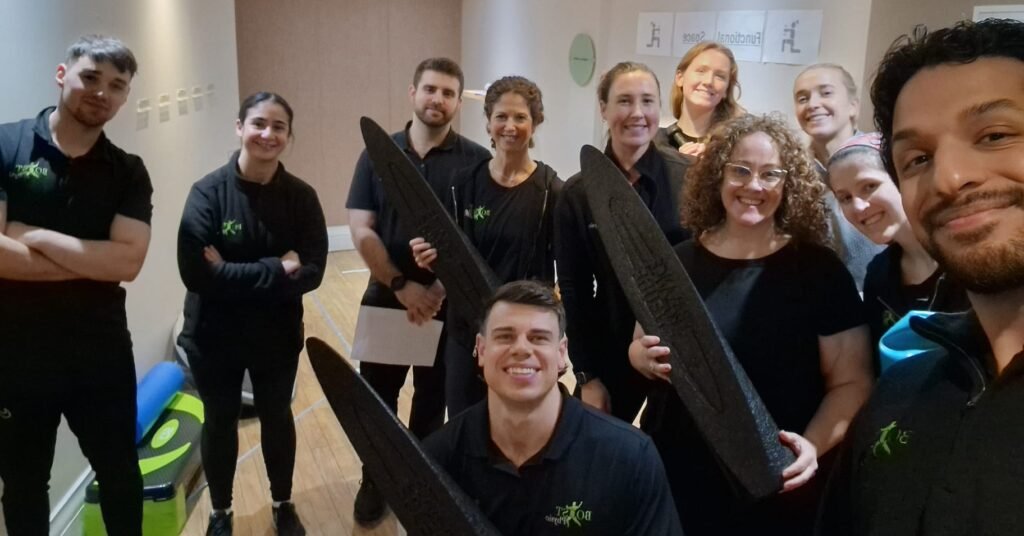About

About Boost Physio – Why Us?
Are you looking for one of the best private physiotherapy clinics and practices in London and Hertfordshire? . With over 33,000 patients helped, many consider us to be one of the best Private Physiotherapy clinic and practices in London and Hertfordshire. Our team is dedicated to reducing pain, preventing future problems and helping you reach your goals.














